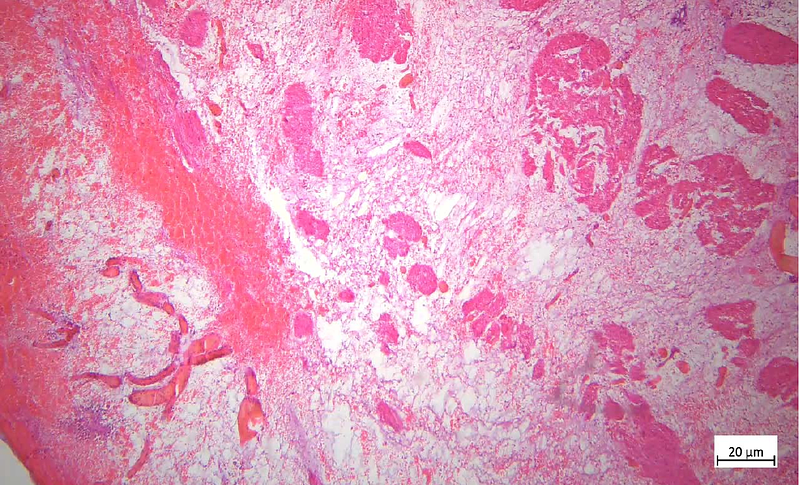Transplantation of a kidney with a ureter and part of the bladder as a single block: an experimental study

Transplantation of a kidney with a ureter and part of the bladder as a single block: an experimental study
Kuttymuratov, G.; Ainakulov, A. P.; Ayaganov, A.; Oshakbayev, K. P.; Mirmanov, A.; Zharasov, D.; Imanberdiev, Z.; Taszhurekov, A.; Abdimazhitov, B.; Asanova, A.; Abdurakhman, T.; Uderbayev, N.; Kalieva, A.
AbstractObjective: To evaluate the effectiveness of en bloc transplantation of a donor kidney, ureters and part of the bladder to a recipient with simulated microcystis in an experimental trial. Methods: Study Design: a 29-day, open, pilot prospective experimental trial: 14 days constituted an adaptation period, 5 days for the interventions, and 10 days constituted an observation period. The study totally included ten White Landras sibling pigs, which were divided into 12 donors and 12 recipients. The pigs were 3-4 months old and weighing 35-45 kg of both sexes from the same sow to avoid transplant rejection. The pigs lived 7-9 days after transplantation before they were euthanized, and then there were performed macrovisual and histological investigations. Descriptive, inferential statistics, and calculation of percentages were used. The Local Ethics Committee of West Kazakhstan Medical University approved the study. Results: Eleven pigs survived the operation, but one pig died 10 hours after the operation. The cause of death was pulmonary embolism according to the pathological autopsy. In the eleven animals the kidney, ureters and part of the bladder transplanted as en block visually were filled with urine, full of blood, and tissue turgor was good. Visual inspection of the kidney and ureters was satisfactory, bright red. The implanted bladder had a red-burgundy color in all four cases. No anastomotic leakage was observed. A histological examination of the graft tissue on the 7-9 after-surgery days showed the preservation of blood flow in the tissues of the bladder and ureters. No total tissue necrosis was detected. Conclusions: In our experimental model, transplantation of a donor kidney, ureters and part of the bladder to a recipient with a simulated microcyst is effectively feasible. Pigs are a relevant animal model for genitourinary organ transplantation.


